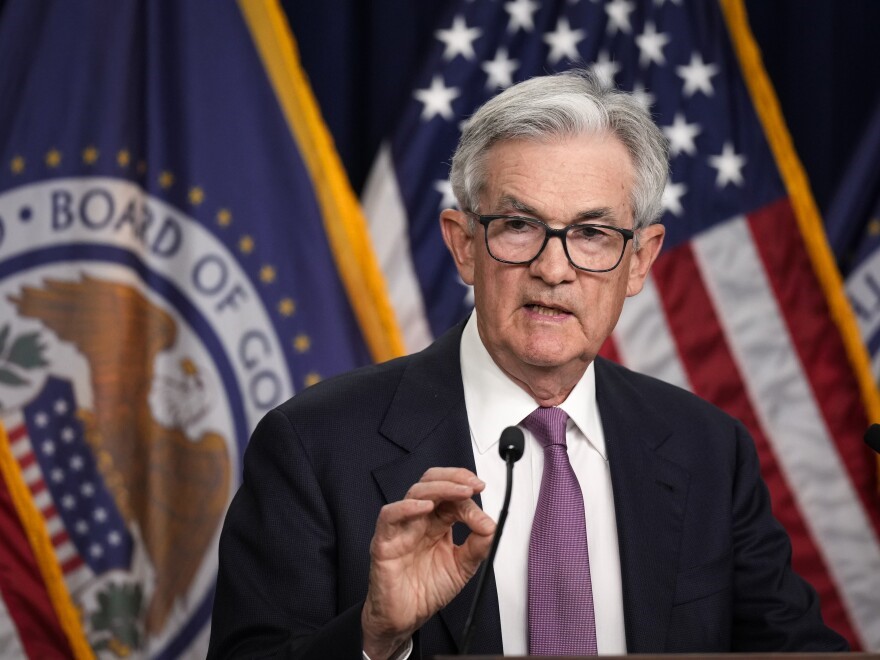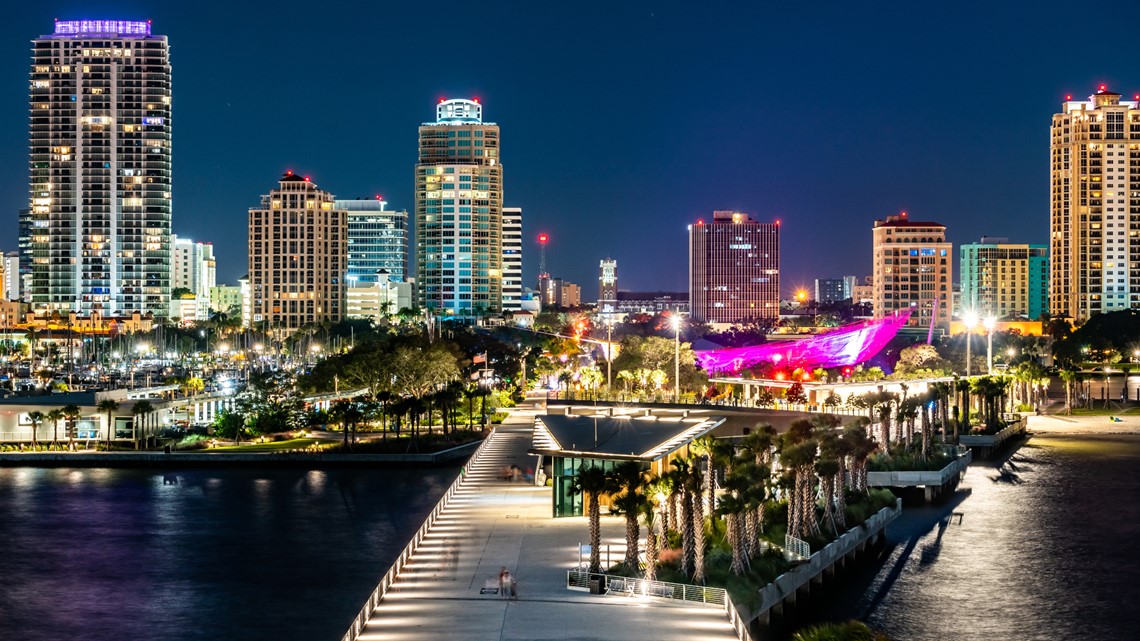The commercial real estate (CRE) market has been in a downturn in recent times, fighting an uphill battle of rising interest rates, oversupply, and rising costs. 2025 brought its own set of changes, starting with the new US administration tariffs which have raised fears of a recession in the world’s first economy, to the growing list of executives making Return To Office a mandatory policy. As we approach the mid-year mark, the industry still has the 2nd half of the year to hope for a recovery.

The Triple Threat: Interest Rates, Oversupply, and Rising Costs
Interest Rates: Although the Fed maintained interest rates at 4.5% in early 2025 following three successive interest rate reductions in late 2024, the interest rates remain high hence maintaining borrowing costs high.
Oversupply: Certain of the CRE segments, most notably the office and multifamily segments, are experiencing the issue of oversupply. For instance, in the multifamily space, the vacancy level has risen to 6.2%, with rent growth falling to 2.2%, which is below the historical norm of 2.8%.
Rising Costs: Building and operation costs have soared due to inflation and shortages in supply. These increased costs took a toll on developers and investors, leading them to be conservative in starting new developments.
Indicators of Resilience and Revival
Despite these challenges, there are a few indicators that indicate a potential turnaround:
Investor Sentiment: Some investors have viewed the prevailing market scenario as an opportune moment to enter the CRE business, speaking in terms of real property price adjusted and prospective yields.
Stabilizing Interest Rates: Interest rates are expected to stabilize or decline if inflation continues to soften, which would re-vitalize lending and investment activity. -Selective Market Strength: Top office properties in city centers are experiencing rising demand because companies wish to get employees back to work with high-quality offices. In cities like London, Milan, and Helsinki, city centers are outperforming the suburbs, with elevated rents and low vacancies.
Sector-Specific Outlooks
Office Space: The office sector is also struggling with the growth in remote and hybrid working models. However, high-grade office space located in favorable spots is seeing increased interest as companies prioritize the quality of space over quantity in their property portfolio.
Retail Properties: Retailing has headwinds such as large bankruptcies and store closures, which weigh on leasing activity. Some markets, however, are resilient, such as discount stores and experiential retail.
Industrial Real Estate: After reaching a trough of oversupply, the industrial space has started to see some recovery as demand continues for logistics and warehousing space.







